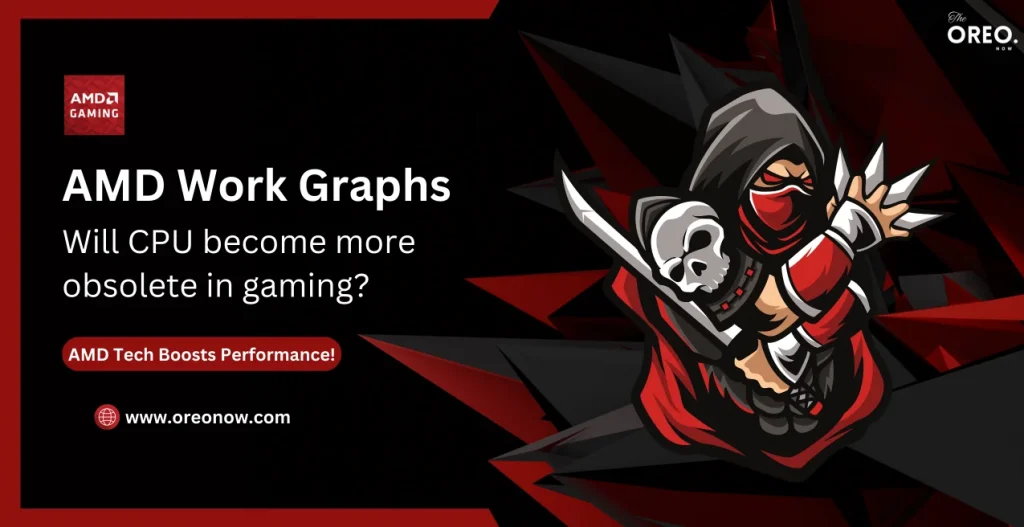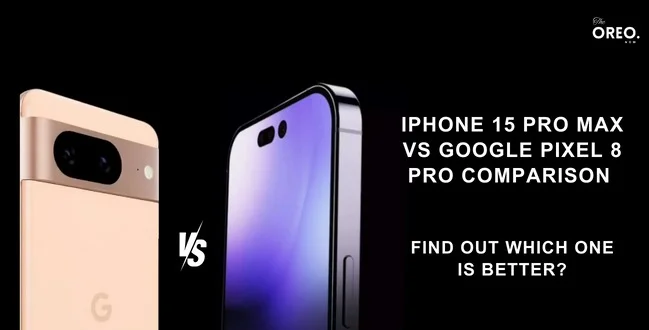AMD Work Graphs: Will CPU Become More Obsolete in Gaming?

For PC gamers, the eternal quest for peak performance often revolves around two key components: the central processing unit (CPU) and the graphics processing unit (GPU). The CPU acts as the brain of the operation, juggling game logic, physics calculations, and communication with other components. The GPU, on the other hand, is the artist, rendering the stunning visuals that bring games to life.
Traditionally, the balance of power in this partnership has been clear. Games have become increasingly complex, demanding ever more powerful CPUs to handle the ever-growing workload. This has led to a constant upgrade cycle for gamers chasing the smoothest frame rates. However, a recent development from AMD throws a wrench into this equation, raising the question: are CPUs becoming obsolete in gaming?
What are AMD Work Graphs?
Enter Work Graphs, a new technology unveiled by AMD at the 2024 Game Developers Conference (GDC). It’s an update to a concept known as a graphics API (Application Programming Interface), which essentially acts as a translator between games and the hardware. Work Graphs specifically focus on a process called “draw calls” – essentially, instructions sent by the CPU to the GPU telling it what to draw on the screen. By offloading some of these draw calls to the GPU, Work Graphs aims to significantly reduce the workload on the CPU.
The implications for gaming are potentially huge. In their GDC presentation, AMD showcased a 64% improvement in rendering times when using Work Graphs with mesh shaders, a specialized type of shader program. This translates to smoother gameplay, especially for users with older CPUs that might struggle with demanding games. Work Graphs could potentially extend the lifespan of existing hardware and make high-performance gaming more accessible.
However, before we start proclaiming the death of the gaming CPU, there are some important points to consider:
- New Tech, Long Road: Work Graphs is still in its infancy. While the potential is exciting, it will likely take time for game developers to integrate it fully into their titles. Widespread adoption could take years.
- Not a Silver Bullet: CPUs remain crucial for gaming even with Work Graphs. They handle a wide range of tasks beyond draw calls, such as physics simulations, artificial intelligence calculations, and game world management. A powerful CPU is still essential for a smooth gaming experience.
- Focus on Efficiency: It’s more accurate to say that Work Graphs aims to make CPUs more efficient in gaming, not obsolete. Offloading specific tasks, allows the CPU to focus on its core strengths, potentially leading to smoother overall performance.
While Work Graphs doesn’t spell the end for gaming CPUs, it does represent a significant shift in the workload distribution. It’s a testament to the ongoing evolution of hardware and software, pushing the boundaries of what’s possible in PC gaming.
What this development could mean for the future!
- A New Era of Optimization: With technologies like Work Graphs, developers might be able to optimise games for a wider range of hardware. This could lead to better performance, even on less powerful systems.
- Focus on Core Gameplay: By freeing up CPU resources, developers could focus on creating richer game worlds, more complex AI behaviours, and even more stunning visuals. This could lead to a new era of innovation in game design.
- Shifting the Balance: The balance of power between CPU and GPU might continue to shift. As GPUs become increasingly powerful and capable of handling more complex tasks, the CPU’s role in gaming might evolve to focus on specific areas like game logic and physics.
AMD’s Work Graphs are a fascinating development with the potential to significantly impact PC gaming. While it’s not rendering CPUs obsolete overnight, it represents a step towards a more efficient future where both CPU and GPU work together to deliver the best possible gaming experience. This technology paves the way for smoother performance, wider hardware compatibility, and potentially even more immersive gameplay experiences. The future of PC gaming might involve closer collaboration between these two processing powerhouses, and that’s a win for gamers everywhere.



